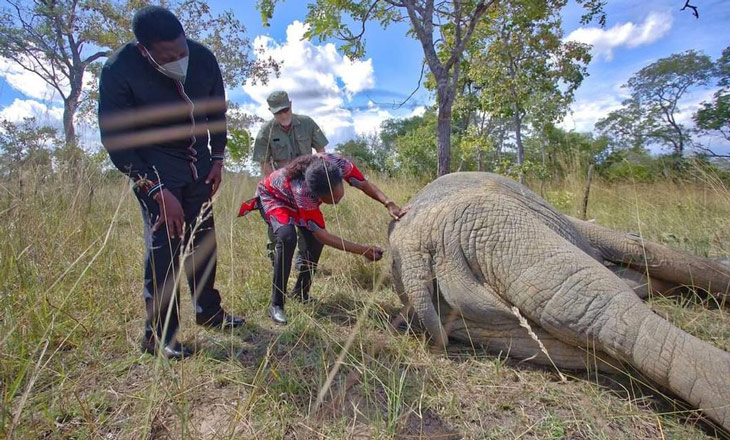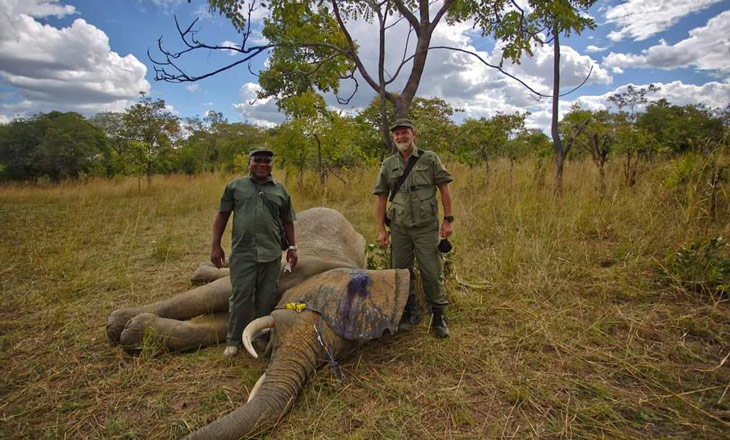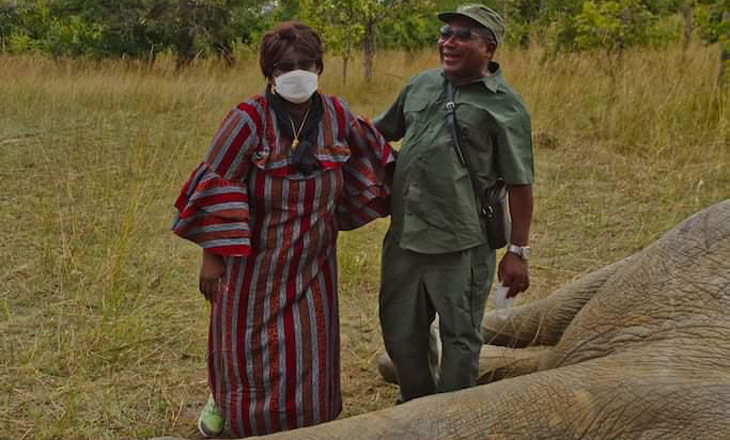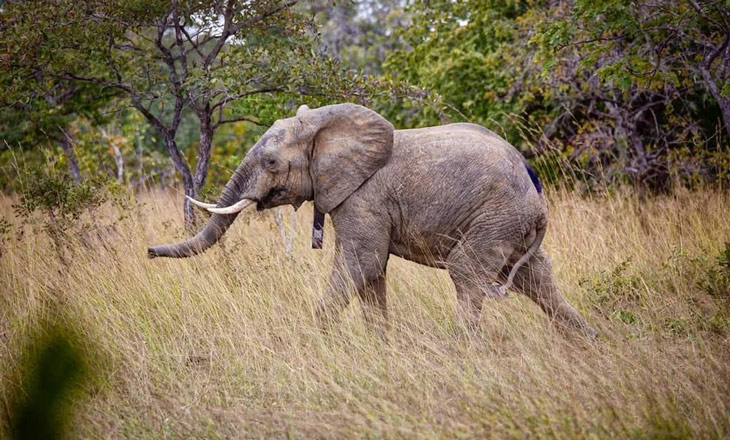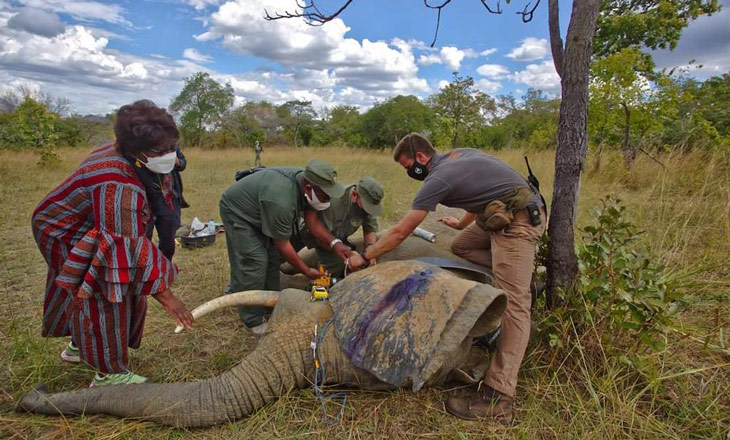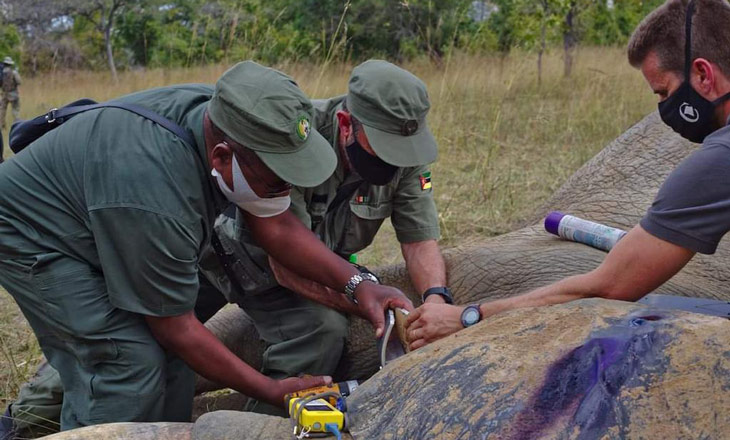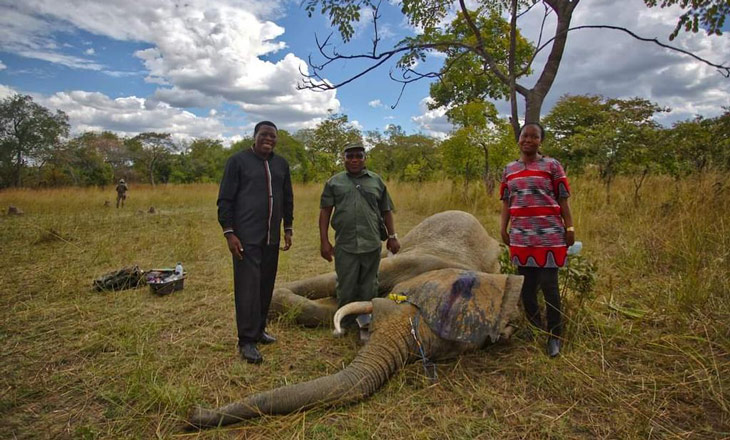Common name: Leopard or panther;
Scientific name:Panthera parduspardas;
Dimensions: Up to 2.90 meters;
Weight: Up to 90 kg;
Main weapons: Bite and paws;
Social behavior: Solitary;
Speed: About 60 km/h, jumps about 6 meters horizontally and 3 meters vertically;
Attacks on humans: In the wild, they are very rare;
How much you eat: Up to 3.2 kilos a day;
Life expectancy: Up to 15 years in the wild; 20 years in captivity;
Diet: Impalas, antelope, monkeys, baboons, wildebeest;
Main enemies: Lions and tigers; hyenas, wild dogs (Mabeco);
Continent: Mostly in Africa, Asia, and some parts of Europe;
Importance to Nature: They help control the size of populations of some species.
If you find one: Se não chegar perto demais, dificilmente será atacado.
Threat: Due to the action of man, who destroys their habitat and hunts them down in the illegal fur trade;
Extinction: Leopards are listed as vulnerable on the list of threatened species by the International Union for Conservation of Nature (IUCN).
MAPUTO, FEBRUARY 03, 2022 – The Prime Minister of Mozambique, Carlos Agostinho de Rosário, on Wednesday, February 2, 2022, in Maputo, swore in Celmira Frederico Pena da Silva to the post of Director General of the National Administration of Conservation Areas (ANAC).
At the time of her appointment, Celmira da Silva was Executive Secretary of the National Council for Food Security (CONSAN) and headed the Technical Secretariat for Food and Nutrition Security (SETSAN).
The new Director General of ANAC was formerly Governor of the Province of Cabo Delgado, Deputy Minister of Land, Environment and Rural Development (MITADER) and also held management and leadership positions in the Ministry of Youth and Sports.
Celmira da Silva has a degree in Linguistics from Universidade Eduardo Mondlane, in Maputo, and a master’s degree in sociology from the University Institute of Lisbon, Portugal.
ANAC is a state entity created by the Government with the objective of managing Parks, Reserves, Official Coutadas (Hunting Blocks), Fazendas do Bravio (Game Farms) and other Conservation Areas legally created and placed under its administration.
Conservation areas in Mozambique occupy just over 18 million hectares, which correspond to about 25 percent of the national territory and are made up of nine Parks and six National Reserves, two environmental protection areas, 50 game farms and 40 coutadas, including community and private.
During their visit to the headquarters of Niassa Special Reserve, the President of the Republic, Filipe Jacinto Nyusi and the First Lady, participated this Saturday, 31 July 2021 (World Ranger Day) in the operation of exchange of Satellite monitoring collar.
In 2018, the President of the Republic visited the Niassa Special Reserve and participated in the collar exchange operation, christening an elephant with the name “Mr President”.
This year, the President of the Republic and his wife participated in yet another operation to change the collar of the elephant known as “Mr. President”, after several attempts to locate him, President Filipe Nyusi and the technical team of the collar exchange operation decided to put the collar on another elephant to which the President of the Republic named Mr. “The Gentleman”.
The placement of monitoring collars via satellite is one of the technological interventions introduced in our Conservation Areas to control the movements of animals, elephants in particular, due to their various seasonal movements including food preferences, which makes it possible to better plan the inspection effort as well as prevent human-animal conflict.
This satellite monitoring collar exchange operation was also witnessed by the Minister of Land and Environment and the Minister Arid and Semi-Arid Lands of the Republic of Kenya.
The celebration of the 10th anniversary of the National Administration of Conservation Areas (ANAC) this Tuesday, May 25, 2021, takes place at a time when the commemorative week of Biological Diversity is also celebrated, having been celebrated on May 22, the International Day for Biological Diversity was proclaimed by the United Nations, as well as the 50th anniversary of the Bazaruto Archipelago National Park.
This year, the celebrations have as their motto “Conserving Biodiversity in Mozambique” which is a message and a call for everyone to look more at biodiversity, conserve and protect it.
Biodiversity, whether a species or an entire ecosystem, is vital to the health and well-being of human beings. The quality of the water we drink, the food we consume and the air we breathe depend on the good health of nature.
Due to restrictions due to COVID-19, ANAC’s 10th anniversary celebrations will be marked by the exhibition of videos, events on the communication platform, interviews with the media, lectures by the institution and partners on different communication platforms, including the institution’s social networks.
The challenges of ANAC are to improve management capacity, to strengthen the fight against poaching, to maintain self-sustainability in the management of conservation areas, to share economic benefits with local communities, as well as to train human resources and rehabilitate areas. of conservation with the construction and maintenance of management and tourism infrastructures, the continuation of the reintroduction of emblematic species for tourist attraction and restoration of ecosystems.
On this occasion, ANAC intends to express a word of appreciation to its cooperation partners, local communities and the private sector that for the past 10 years have supported the conservation of ecosystems, protecting biological diversity and promoting the well-being of local communities living within and around conservation areas.
231 bird and 42 mammal species, including a bat new to Mozambique, were among the species found over a two-week period.
More than 1,000 animal and plant species have been discovered by researchers in a section of the Chimanimani Conservation Area, including a number of species new to Mozambique and several species potentially new to science.
The findings followed a two week biodiversity survey in late 2018 in the understudied Chimanimani Conservation Area in Manica Province and underscore the importance of protecting this rich, biodiverse landscape from threats including mining and logging.
As well as the birds and mammals, the team (which consisted of visiting specialists and students of the Gorongosa BioEd MSc programme) found 42 species of mammal, 231 species of bird, 22 species of amphibian, 45 species of reptile, over 450 insect and 176 plant species. One bat species is believed to be new to Mozambique and one frog, one lizard, and a bush-cricket are believed to be new to science. Several species of animals were recorded for the first time in Mozambique.
Within Chimanimani the unique combination of different altitudes, soils, rain and fire has resulted in a high level of endemism, especially in flora. This Conservation Area as a whole has a critical role to play in the functioning of ecosystems over a wide area but faces land use conversion pressures in its buffer zone. As a result, stewardship efforts are focused on preventing encroachment and safeguarding the integrity of the site.
“The findings demonstrate how important Chimanimani is to biodiversity in Mozambique and to global conservation science. It is critical that threats to the landscape, including illegal mining, as well as poaching, logging and damaging agricultural practices are tackled so we can protect this unique landscape for generations to come”, said Lionel Massicane, Warden of the Chimanimani National Reserve.
An area within the Moribane Forest Reserve in the buffer zone of the Chimanimani National Reserve was found to be home to a number of unique species, a finding which further reinforces the importance of protecting the remaining lowland evergreen forest in the country.
The Reserve plays a vital role in the culture of local communities, its mountains having been inhabited for centuries and containing important historical sites including Stone Age rock paintings and ruins
dating back to the Great Zimbabwe era of the fourteenth and fifteenth centuries. Together with the Chimanimani National Park in Zimbabwe the Reserve constitutes a transboundary protected area covering around 1,000 km².
The biodiversity research was carried out under the auspices of the Chimanimani Biodiversity Census Project supported by Administração Nacional das Áreas de Conservação (ANAC), Fundo Nacional de Desenvolvimento Sustentavel (FNDS), Fauna & Flora International (FFI), Gorongosa Restoration Project and MICAIA Foundation, with funding from the World Bank’s MozBio1 programme through The Foundation for the Conservation of Biodiversity (BIOFUND).
On 1st June, children from schools in Maputo City and Matutuíne District visited Maputo Special Reserve, as part of the celebrations of International Children’s Day and the eighth anniversary of the National Administration of Conservation Areas.
On the occasion, the children had the opportunity to closely see herds of wildlife that moved from side to side, such as zebras, wildebeest, antelopes, among others. Before the little ones entered the woods inside, the Reserve Technicians gave instructions on security measures to be observed.
The Rangers and other Reserve Technicians were always on the lookout for each movement of the participants in the tour to ensure everything was within normal limits. It was two hours of Safaris with a lot of excitement and curiosity in the mix, typical of those who had never seen Wildlife before.
When they returned to the Reserve Entrance from where they departed, the Theater Group, Kutsemba from Matutuine Association for Social and Cultural Development exhibited a play on the value of conserving biodiversity for man. The occasion was marked by two moments, one of laughter and the other of total concentration, which denounced a reflection on the atrocities of man on nature.
Maputo Special Reserve is located in Matutuíne District, Maputo Province and is 90 km from Maputo City, 77 km from Catembe and 100 km from Boane Municipality. It is dominated by a coastal plain, longitudinally crossed by the Maputo and Futi rivers, with important wetland-associated habitats, in addition to the marine and coastal habitat.



